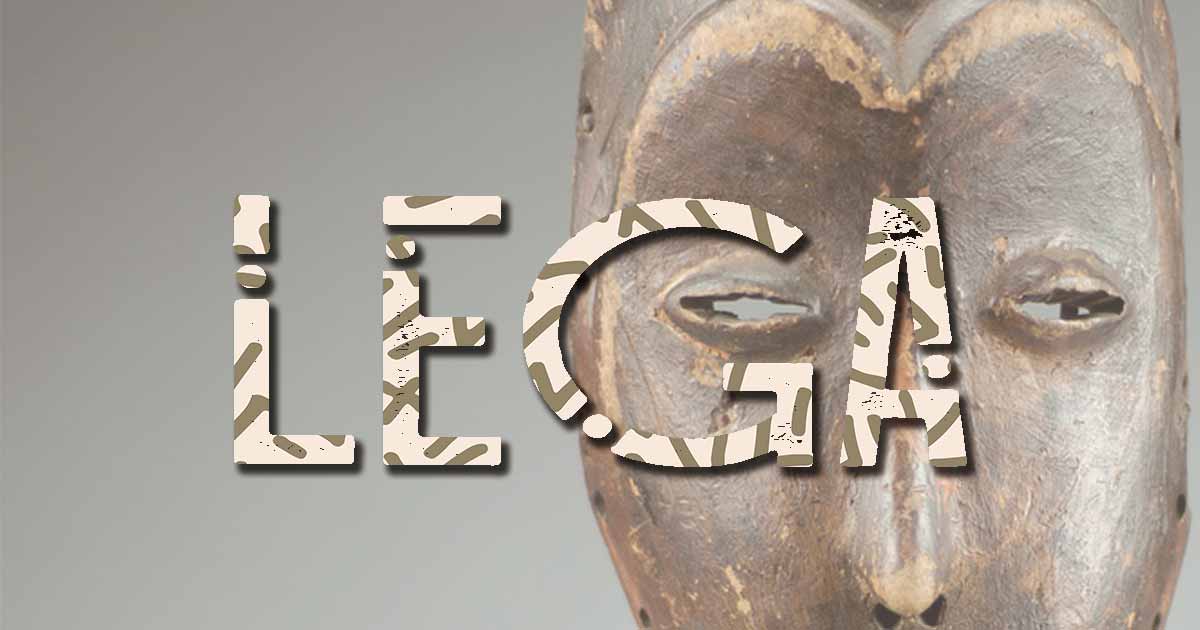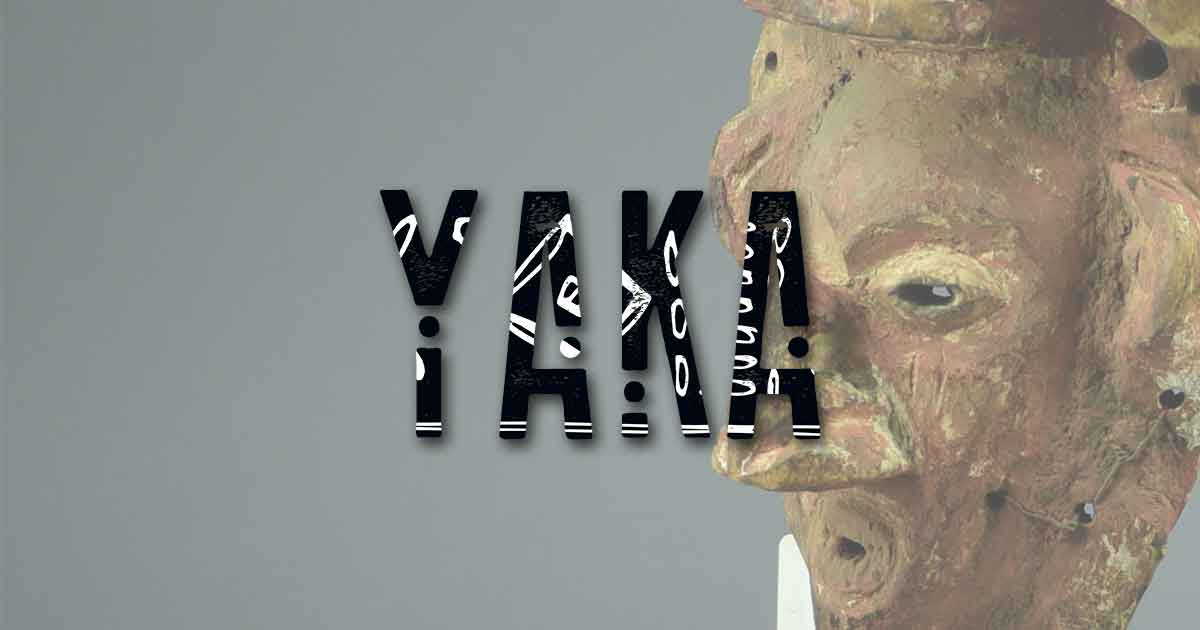Membership in the Bwami Society
Membership in the Bwami Society
Unlocking The Mysteries
of Membership in the Bwami Society
In the heart of several groups in the Democratic Republic of Congo and to some extent in surrounding regions, lies a mystical institution — the Bwami Society. Founded on multipartite ideologies that combine moral codes with a form of social and political organization, the Society has intrigued anthropologists, historians, and cultural enthusiasts for decades. At the epicenter of Bwami is its enigmatic membership process, a ritual-laden journey that dictates the social standing and even the immortality of its participants in the afterlife. Let’s delve deeper into how membership in the Bwami Society is not only a choice but also a complex negotiation of wealth, family, and personal reputation, with profound implications for life and beyond.
Electing the Journey: The Voluntary Essence of Bwami Membership
In the Bwami Society, a man’s foray into this esteemed brotherhood is by no means predetermined by birth. Contrary to traditional caste-like systems, membership is a conscious choice, albeit one that is heavily influenced by familial connections and resources. While personal desire (kutunda) to engage with Bwami is the noblest path, it must harmonize with the acceptance and aid of a senior member within one’s kinship group who vouches for the candidate’s worthiness. The applicant’s moral standing and ability to contribute material goods during initiation ceremonies are cross-examined, offering a glimpse into the orderly entrusting of new Bwami members.
Kinship and Control: The Role of Family in Bwami Selection
Bwami, in its essence, is not a solitary path but a family-woven tapestry where one’s lineage is a compass, steering the course of membership. Invitations extended from fathers to sons or the somber duty to replace a deceased or elevated member underscore the family’s pivotal role in shaping the Bwami roster. This intricate selection process serves not only to safeguard the Society’s sanctity but also to ensure a lineage’s place within Bwami’s hierarchy and history, interconnecting the destiny of individuals with that of their kin.
The Lady’s Ladder: Emphasizing Women’s Role in Bwami Membership
Resident within the predominantly male domain of the Bwami Society, women possess a distinct but aligned journey to membership. Their entry hinges on marital alliances with already initiated men, marking a subtle yet imperative contribution to the hierarchical progression. Though restricted in their engagement with the Society compared to men, the positions they attain correspond to their husband’s level, wielding a deft interplay of power and mystique, where they are revered yet carry the opaqueness of potential sorcery, shrouding women’s roles in an aura of respectful ambiguity.
Enshrining Immortality: Bwami Membership and the Afterlife Creed
A belief entrenched within the Bwami credo is the transference of one’s rank into the afterlife, an assurance akin to immortal footprints. As such, members meticulously ascend the tiers of the Society, not just for temporal acclaim but for an everlasting legacy. The promise of posthumous distinction shapes the fervor with which men and, to a different extent, women, pursue the journey through Bwami, reflecting a desire for a celestial continuum of societal distinction.
Conclusion
The Bwami Society and its membership process resonate through time as an intricate social edifice where choice and tradition intersect. The diligence with which candidates are chosen, the intricate familial web that shelters Bwami aspirants, and the gendered but complementary paths to be trodden, all underscore a complex code that once unlocked, promises a life rich in community standing and the eternal reward of legacy. As we peer through the cultural kaleidoscope of the Bwami Society, the lessons we glean guide us toward a reimagining of what it truly means to be a member — a choice that extends its influence far beyond the temporal limits of existence.
In narrating the narrative of Bwami, we honor a tapestry woven with complexities and subtle hierarchies that underpin the fabric of Congolese and surrounding African cultures. The story of Bwami is not just one of insight into a distant world; it is an evocative mirror reflecting on the nuanced entanglements of choice, heritage, and the quest for a higher calling that humanity cherishes across borders and eras.
Related Lega Posts
Colours can be evocative of the sunburnt earth; deep, verdant rainforests; softly wistful savannah plains ...
The Akan are a proud people, who consider themselves as the same nation, even though they break down ...
While the world is at a standstill, so then is the art community. The large auction of Sotheby’s Modern and ...
African art is celebrated for its diverse range of styles, unique use of materials, and powerful ...
One of the most fascinating cultures you may encounter in Africa is the Dogon people. This ethnic group is known for their ....
The Baule people are an ethnic group that is indigenous to Ivory Coast, a country located in West ...
The Lega people are an ethnic group located in the Southeast Democratic Republic of Congo known for ...
The Ngbaka people are an African ethnic group whose history spans over several centuries. They ...
Born in Louvain, Belgium on August 4th, 1927, Jean-Pierre Hallet’s journey is nothing short of ...
Discover the fascinating world of the Ogboni fraternity, one of Nigeria's most esteemed secret.....
Discover the fascinating world of the Bamileke, the largest ethnic group in Cameroon. Inhabiting the country's ...
Chi Wara is a half-human, half-animal deity that is central to the agricultural traditions of the Bambara people of Mali....
The Lobi Bateba art is a form of African art that is central to the Lobi culture, an ethnic group found in Burkina Faso.....
Discover the fascinating world of the Bamileke, the largest ethnic group in Cameroon. Inhabiting the country's ...
The Lobi people, with roots tracing back to present-day Ghana, began a migration around the 18th century into ...
The Zigua, known in Swahili as 'Wazigua,' embody a vibrant tapestry of cultural and linguistic heritage as ...
A burgeoning interest in the cultural significance and aesthetic value of African art has created...
The Fang people are a profound cultural entity within the diverse tapestry of the African continent. Their ...
n the heartland of Nigeria lies a culture as rich and textured as the striking art they produce. The Mumuye ...
Nestled in the remote forests of the Democratic Republic of the Congo, beyond the boundaries ...
Lost in the intricate narrative of African tribal art, one finds an enigmatic connection woven between .....
For African art collectors, delving into the complex tapestry of the Lega Bwami Society is akin to embarking .....
In the heart of several groups in the Democratic Republic of Congo and to some extent in the surrounding .....
Nestled within the lush southern lands of the Democratic Republic of the Congo, the Lulua...
In the vibrant kaleidoscope of African art, the Winiama people bring a profound narrative ...
The rich tapestry of African culture is weaved with threads of diverse customs, vibrant traditions ...
Nestled within the lush southern lands of the Democratic Republic of the Congo, the Lulua...
A treasure trove of culture, symbolism, and craftsmanship, the Dan Prestige Spoon stands as a powerful .....
Within the Bamileke tribe of the Central African nation of Cameroon, the Kuosi society .....
In the swirling markets of West Africa, where gold dust was the currency of kings and .....
Hidden within the shimmering sands of the Sahara, the Tuareg people carve a silent .....
A study of African art reveals an enduring reverence for the ultimate symbol of life's .....
Step into the vibrant world of the Tikar people, an ancient and nomadic community nestled in...
Get updates about our new items, news and information.
We will process the personal data you have supplied in accordance with our privacy policy.













































